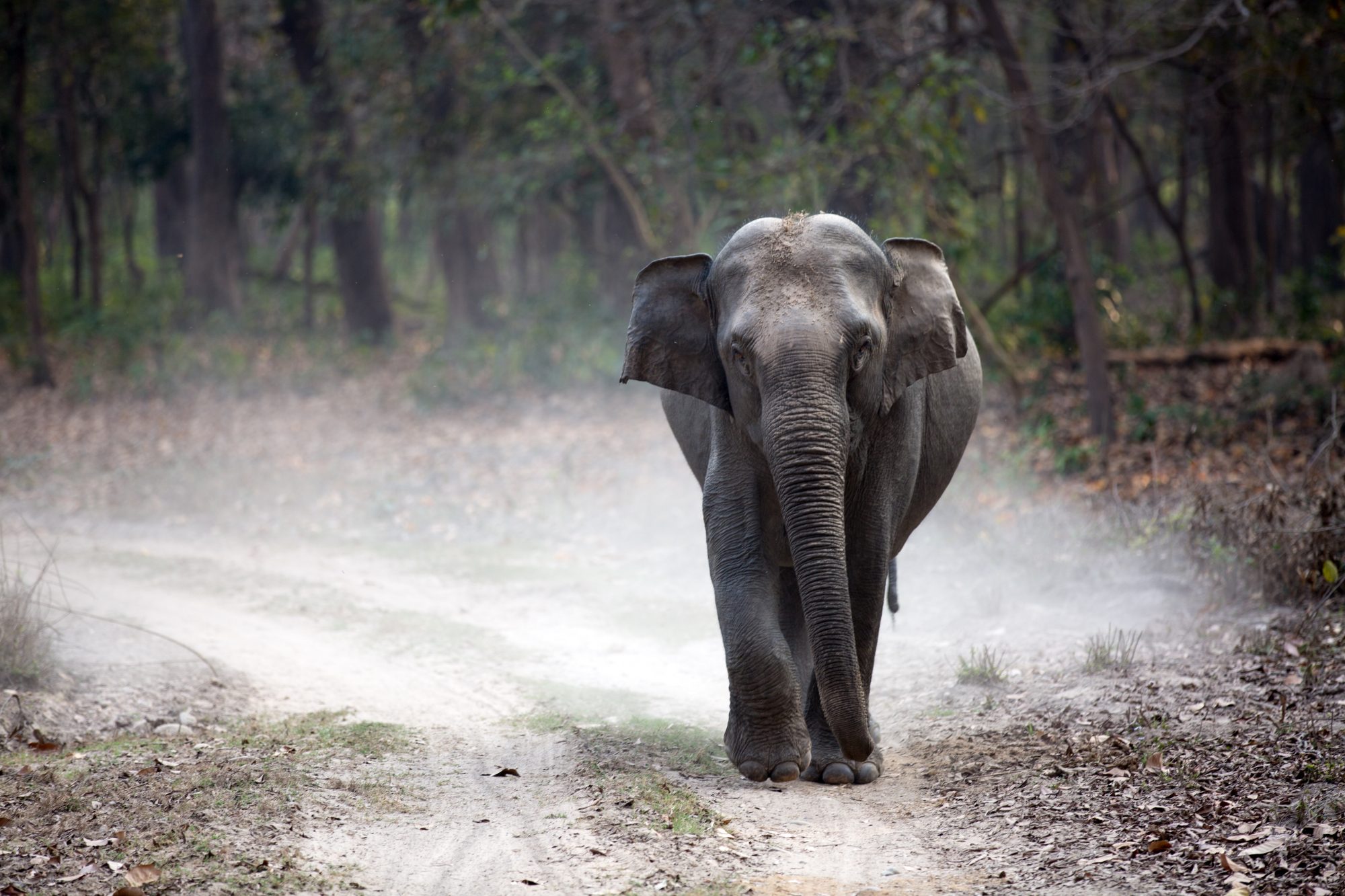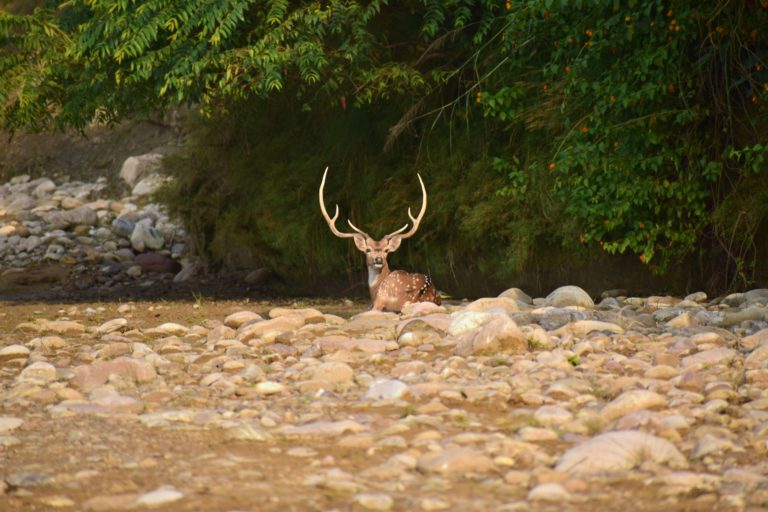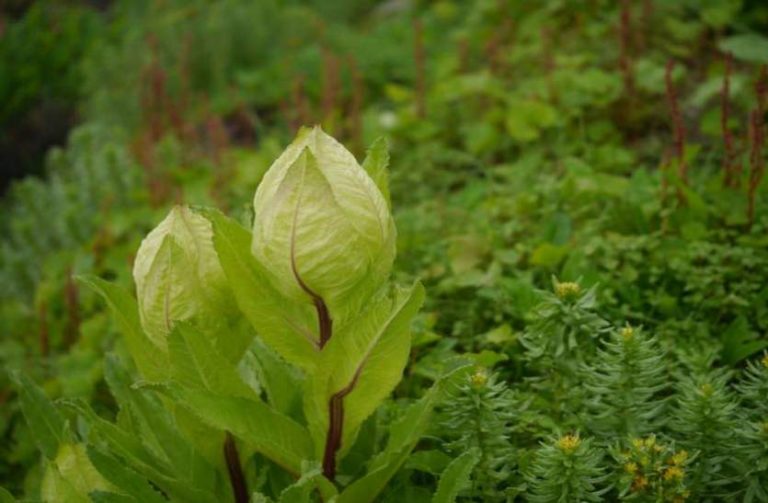Wildlife sanctuary is an area which is of adequate ecological, zoological or natural significance, sanctuary is for the purpose of protecting and developing wildlife and its environment. It is an area which is protected and reserved for the conservation of animals. Human activities such as timber harvesting, collecting forest produce and private ownership are prohibited for the benefits of the animals and its habitat.
The fascinating locales of the national parks of Uttarakhand are overflowing with the noble presence of life that reflects unimaginable diversity. However the flora is also not left way behind as these national parks at Uttarakhand are endowed with a whole lot of trees, flowering-plants, shrubs, herbs, climbers and plenty of additional intriguing varieties which will without a doubt dazzle you.
Uttarakhand has some of the best wildlife sanctuaries in the country, here are few of them:
1. Jim Corbett National Park–
Established in 1936, Corbett national park was known as Hailey National Park. The park after the independence was to be known as Ramganga National Park but was changed in 1956, and renamed after Jim Corbett, a famous hunter turned conservationist, who played the major part in reestablishing the park. Out of the total area covered by the park of about 520 sq. km, 63% or about 330 sq. km forms the core area. As the park is situated in the Himalayan low lands, it is home to diverse vegetation due to many streams flowing in and around the park.
Corbett National Park is home to around 50 species of trees, 580 bird species and 25 reptile species. Other than tigers, the park is also home to many varieties of wildlife including Elephants, Gharial, Sambar Deer, Chital, Nilgaye, King Cobra, Wild boar, Flying fox and Hedgehog to name a few.
2. Nanda Devi National Park–
Lying between the Nanda Devi Mountains, at an altitude of 3500m, this is one of the most scenic national parks in India. In 1982, after adding an area of about 630 sq. km, the valley was declared a national park, and this area now forms the core of Nanda Devi Biosphere Reserve and is opened from May to October.
In 2004, Nanda Devi Park was declared as world heritage site by UNESCO. Nanda Devi Park is known for its breath-taking views of natural meadows and the diverse land contains highly endangered species of animals. The park is home to not only snow leopards but distinguished species of the hoofed mammals like Himalayan Tahr, Goral and Bharal. There are about 114 species of birds in the park, including yellow-bellied fantail flycatcher and Indian tree pipit. The park has around 312 species of flowers as well.
3. Valley of Flowers–
In the west Himalayas, lies the splendid and vivacious park called the Valley of Flowers. This beautiful park snuggled in Uttarakhand, is known for its charming meadows of alpine flowers. Blessed with a various variety of endemic flora, it’s picturesque in its beauty.
This lush region is additionally home to some rare and vulnerable animal species. You’ll spot animals like Asiatic Black Cervid, Big Cat, Musk Deer, Bruin and Blue Sheep. High within the lofty regions of Himalaya of Garhwal region sprawls this attractive valley. According to mythology, it was here that Hanuman found Sanjeevani Buti for Lakshman. Locals still believe that one can find this enchanted herb within the park.
4. Gangotri National Park–
Established in 1989, the park is named after the Gangotri glacier, where the Ganga River originates. One of the foremost celebrated high-altitude life sanctuaries in India, the Gangotri Park is idyllically located within the natural surroundings of Uttarkashi.
The national park falls under the bio-geographical zone and proudly sits at an altitude of 1800 mts to 7083 mts above the sea level. The northeastern boundary of Gangotri National Park is along the international boundary with China and has various springs, waterfalls and snowy mountain peaks. It is lavishly spread over an area of 2390 sq. km. the vegetation here mostly consists of fir, pine, oak and spruce. As the region experiences suitable climate, the park is home to species like Black Bear, Himalayan Tahr, Blue Sheep, Snow Leopard etc. and boasts of 150 bird species such as Barbet, Parakeet and Doves.
5. Pangot and Kilbury Bird Sanctuary-
Pangot is a small, charming village in the state of Uttarakhand, which lies only 15 kms from the city of lakes, Nainital. This park is aptly called the birdwatchers’’ paradise as it houses more than 250 species of birds. Here one enjoys the relaxing sound of chirping of birds in the forests of oak, pine and rhododendron.
The park is situated at a height of 2528 mts above the sea level. With 580 species of birds living in the dense forest of Kilbury, one can enjoy the mystical experiences with birds like the Forktails, brown wood owls, Collared Grosbeaks. The place is peaceful and the mesmerizing sounds of these birds feels like music to the ears. Apart from the delighting bird view, Kilbury enchants with its atmosphere and exhilarating surroundings.
6. Benog Wildlife Sanctuary-
A part of Rajaji National Park, the Benog Wildlife Sanctuary is surrounded by the benedictory pines, old cedar and medicinal plants that grows here in abundance. This sanctuary is a birdwatchers’ haven and is famous for being a home to a wide variety of birds like Red Billed Blue Magpie, Mountain Quails and White Capped Water Redstart. The snow-clad Chaukhamba peaks makes the park even more mesmerizing.
Aglar River, a tributary of Yamuna River flows through the sanctuary. The scenic beauty and the lush green surrounding of the park makes this place ideal for nature lovers. The view of sunrise from the snowcapped peaks of the Himalayan range is breathtaking.
7. Rajaji National Park–
The Park is spread over an area of about 820 sq. kms in Dehradun, and Garhwal districts of Uttarakhand. The Rajaji National Park with its rich diversity and stunning beauty is a major attraction for both wildlife enthusiasts and nature lovers.
In 1983, Rajaji wildlife sanctuary of Uttaranchal was merged with Chilla and Motichur wildlife sanctuary and was renamed as Rajaji National Park. The park is home to 23 mammal species such as Bengal Tigers, Leopards, Elephants, Striped Hyenas, Sloth bear, Sambar etc… The park is a safe haven for 315 species of birds as well like the Great Pied Hornbill, Pied Kingfisher and the Fire Tailed Sunbird.




